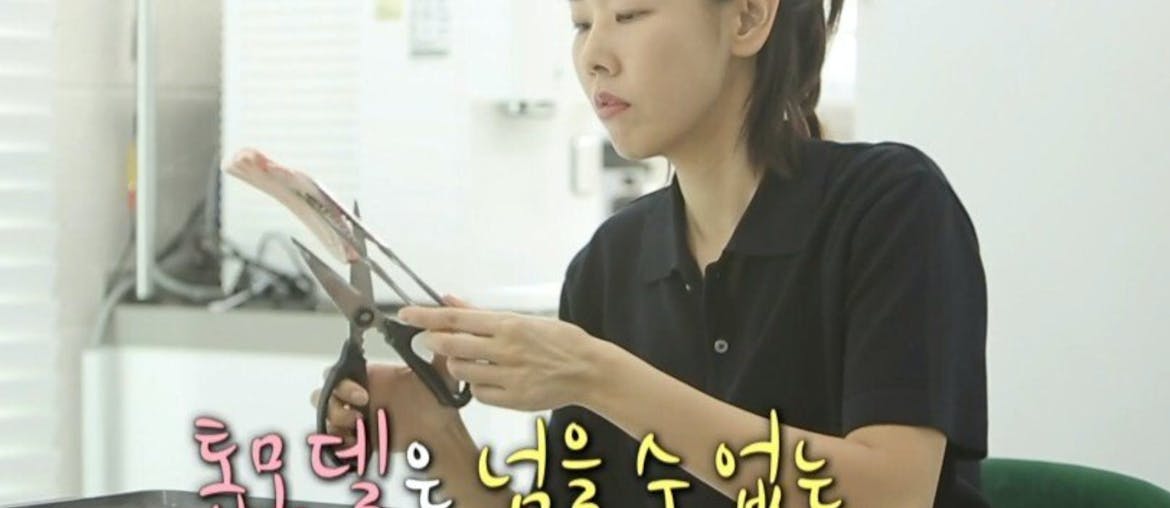Every K-drama fan has grown hungry watching the characters dig in during meal time. Unlike so many Western shows (I’m looking at you, “The Big Bang Theory”), where meals are depicted as something they have to get through, rather than something to be savored and enjoyed, Korean actors and actresses know how to make food look enticing. It’s no wonder that mukbang culture has been enjoying such success in the United States.
But how much of what you see about food culture in your favorite K-drama is fact vs. fiction? Bear in mind that none of this is written in stone, and even Koreans residing in Korea break the “rules,” depending on the situation. For instance, even when we lived in Seoul, my family and I used chopsticks to eat rice. This continued after we moved to the U.S. However, it is true that it’s customary to eat rice with spoons in Korea.
Hoesik (회식):
Every K-Drama offers a scene of employees being forced to go out after work to eat and drink together, even when many would rather go home to their families. Is this all made up? No. Many feel like Park Seo-Joon, who’s visibly annoyed in “She Was Pretty,” when he’s forced to attend a hoesik (dinner with the team members). But the climate is slowly changing in light of the #MeToo movement and employees being more vocal about not wanting to binge drink to prove their loyalty to their employers. Hoesiks are thought to help bridge the gap between upper management and the worker bees. Prior to the coronavirus pandemic, some modern-day hoesiks included dinner, a trip to the movie theatre or a group bowling outing, rather than just hours of non-stop drinking.
[maxbutton id=”278″ ] [maxbutton id=”282″ ]
Drinking Manners:
Unless it’s obvious who is the eldest at the table, ask what year they were born. If you are younger, you will defer to them. If you are older, you will be treated with more respect than you may feel you deserve. It’s considered impolite to drink before the senior person at the table. So, just sit still until you’re sure. When you drink, it’s customary for the younger people to turn their heads to the side and politely sip on their alcoholic beverage. And at home, it’s always polite to offer guests a beverage and some food. Even babies like Seung-Jae (“The Return of Superman“) know this.
[maxbutton id=”279″ ] [maxbutton id=”282″ ]
Dining Manners:

Just as you wouldn’t drink until the eldest person took their first sip, you shouldn’t take a bite of your meal until the senior person at the table does so first, no matter what they might say to the contrary. When you’re using chopsticks, don’t ever place them in your bowl of rice. This resembles the ancestral ceremonies where chopsticks are left in the rice bowl as a symbolic gesture for ancestors to use. In other words, this is not for the living.
Bite-Sized food:
One of the things I found difficult to adapt to was the fork and knife. We rarely used it at home. As a child, when I ate at a non-Korean friend’s house, it took a while before I was comfortable slicing a slab of meat into small pieces. At home, my mother cooked bite-sized pieces of bulgogi or grilled galbi (Korean ribs) and then cut them with kitchen scissors so that they were manageable to eat. You can see what I mean as Han Hye-jin serves herself a helping of pork on “Home Alone.”
[maxbutton id=”280″ ] [maxbutton id=”282″ ]
Finishing a Meal…with Another Meal:
You know how in the West, we’ll often finish a meal off with dessert? Desserts are popular in South Korea, too, of course. But it’s not uncommon to enjoy a meal of grilled meat and finish it off with fried rice (made from leftover side dishes) and/or a refreshing bowl of naengmyeon (noodles served in a tangy cold broth). Now do they eat like this every day, like they did on “Weightlifting Fairy, Kim Bok-Joo?” Absolutely not. But it does happen. And it’s delicious!
[maxbutton id=”281″ ] [maxbutton id=”282″ ]
Don’t Ask to Take Leftovers Home:

This is a concept I didn’t understand, although I’ve witnessed it many times in Korea. You know how in the U.S., we usually ask for doggie bags to take our leftovers home? They don’t do this in Korea, for a variety of reasons. The first is that the portion sizes are more reasonable than in the U.S. So many people finish their meals and leave the restaurant feeling full, but not uncomfortably stuffed. But there’s also the perception that taking food home from a restaurant makes you look poor. I understand, but I remember seeing a table full of seafood just being left on the table and I almost cried at the wastefulness.







